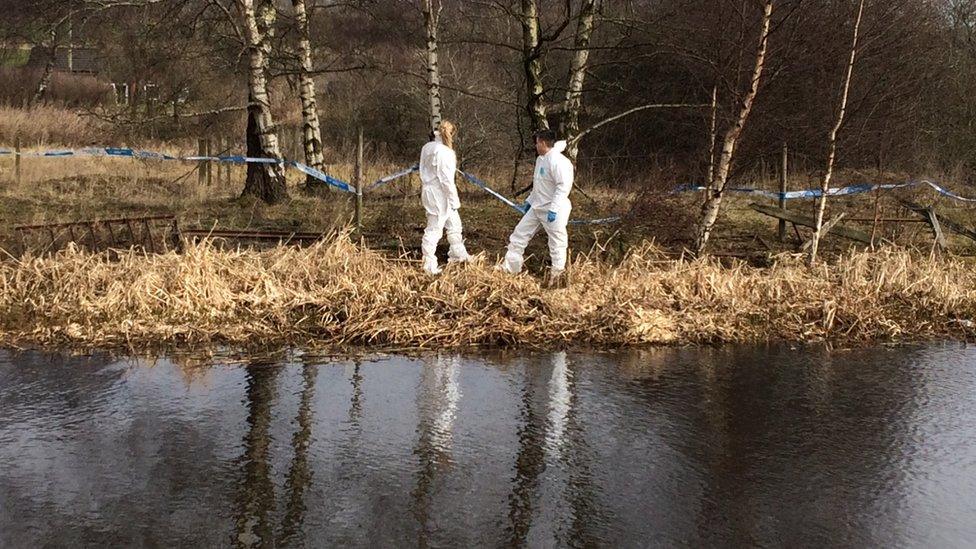Police urged to search new site in Moira Anderson murder probe
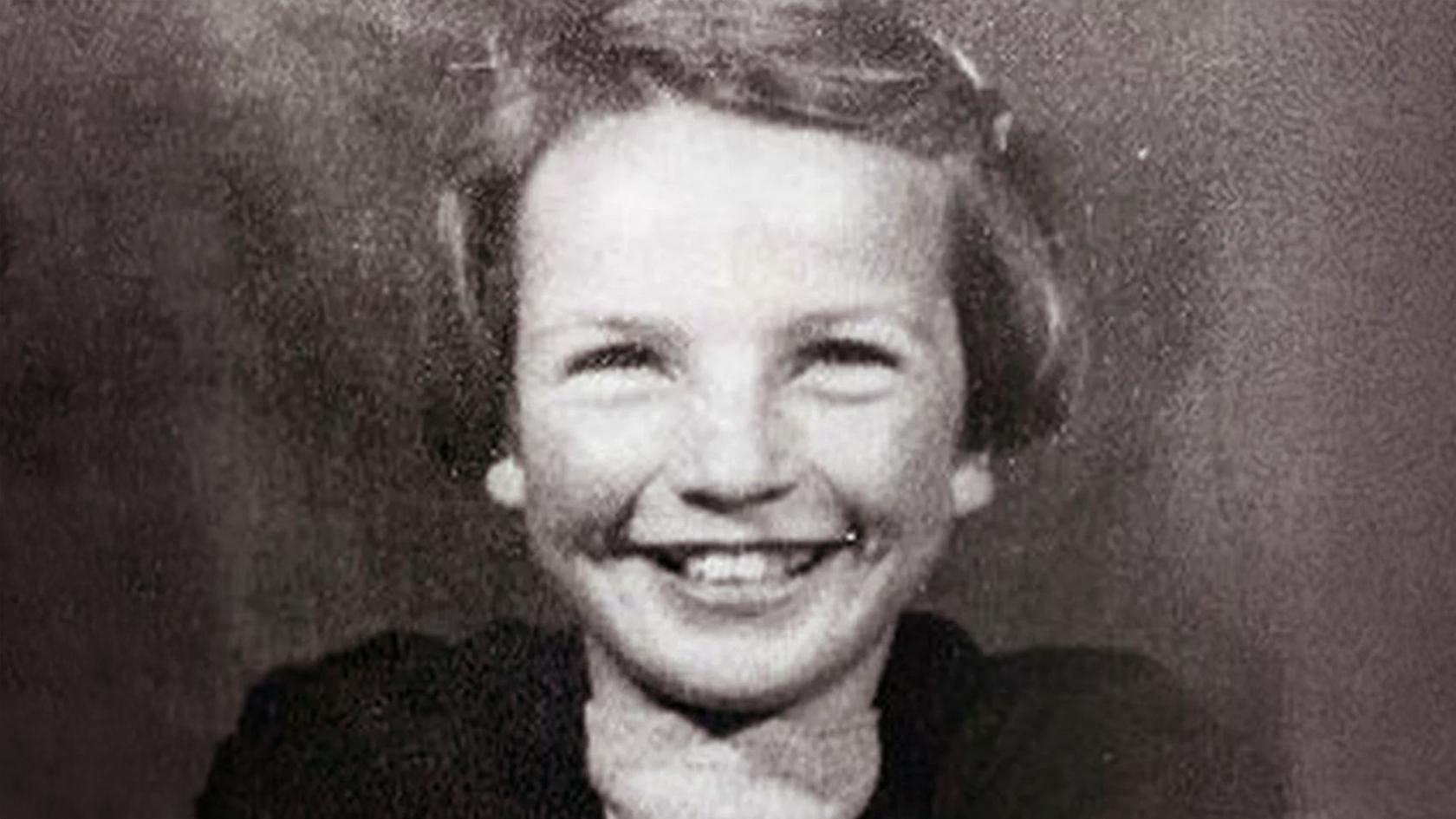
Moira Anderson disappeared after leaving her home in Coatbridge in February 1957
- Published
Police are being urged to a search a new location for the remains of a schoolgirl who disappeared in North Lanarkshire nearly 70 years ago.
Eleven-year-old Moira Anderson left her home in Coatbridge in February 1957. Convicted paedophile Alexander Gartshore is suspected of her murder.
Campaigner Sandra Brown said "an informant" has told detectives that Moira's body could have been dumped in a disused mine in the town.
Sandra, who is Gartshore's daughter, believes her father is the killer and took part in a podcast that she says brought fresh information to light.
Police Scotland said any new leads relating to the case would be "fully assessed and investigated".
Sandra told BBC Radio Scotland's Lunchtime Live programme: "I am aware that the police are treating the informant as a credible source of information.
"There does not seem to be an agenda, there does not seem to be malice.
"It is so important that we give Police Scotland a nudge. We want the site searched."
Sandra said the new information, first reported in the Daily Record newspaper, external, suggests Moira's remains could be in a mineshaft in the Blairhill area of Coatbridge.
Moira left her grandmother's house in the town during a heavy snowstorm on 23 February 1957. She never returned.
The schoolgirl boarded a Baxter's bus driven by Alexander Gartshore - who later that year was jailed for raping a 17-year-old babysitter.
Gartshore, who died in 2006, is suspected of Moira's murder and disposing of her body.
Decades later, in 1999, a convicted child abuser James Gallogley named his former friend Gartshore as the killer.
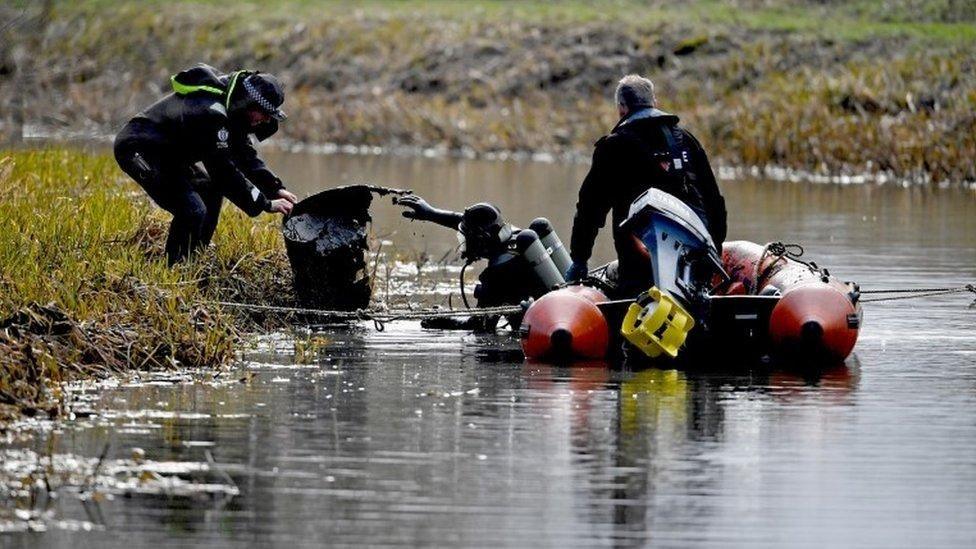
In 2017 a search was made in Monkland Canal but no remains were found
Sandra has long campaigned to have her father charged.
In 2006 she published the book, Where There is Evil, outlining her belief of his guilt.
In 2014, prosecutors announced that Gartshore would have faced prosecution for murder if he were still alive.
Last year, she narrated a podcast, Coatbridge: The Disappearance of Moria Anderson, about the investigation.
Sandra said the podcast had brought several people forward and the "story had moved on significantly".
She said: "It is a really significant jump forward, as the source of the information is directly linked to James Gallogley.
"It is really important, this is probably the last chance for Moira."
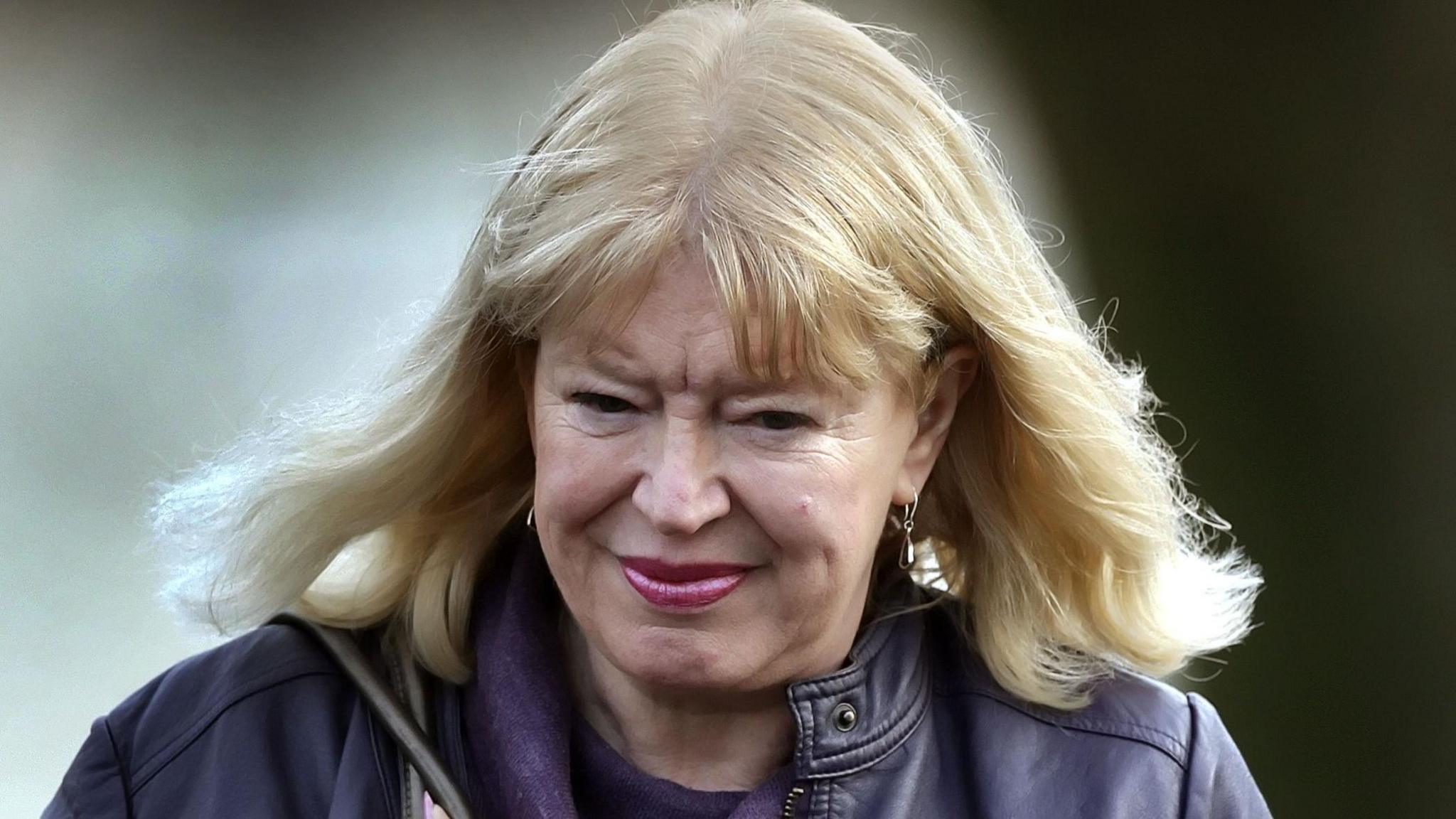
Sandra Brown, in 2013, arrives for the police search of Monkland Cemetery
A previous police search focused on the theory that Gartshore may have buried Moira's body in Monkland Cemetery, in the family plot of an acquaintance.
But an excavation in 2013 found nothing.
In 2017 a further search was made at an area of Monkland Canal, but no human remains were found.
This was prompted by a sighting, reported in 1957 but not followed up, of a man carrying a large heavy sack towards the canal.
Det Supt Colin Hailstones said: "Undetected and unresolved homicides are never closed.
"Any new information we receive relating to Moira Anderson's case will be fully assessed and investigated."
Sandra, who has received an OBE for services to child protection, set up the Moira Anderson Foundation in 2000 to tackle sexual abuse of young people.
She said: "When Moira disappeared her family left a light on to guide her home. We have kept Moira's legacy very much alive.
"It is really important that this beacon of hope is not extinguished when it is the very last hurdle."
Related topics
- Published23 March 2017
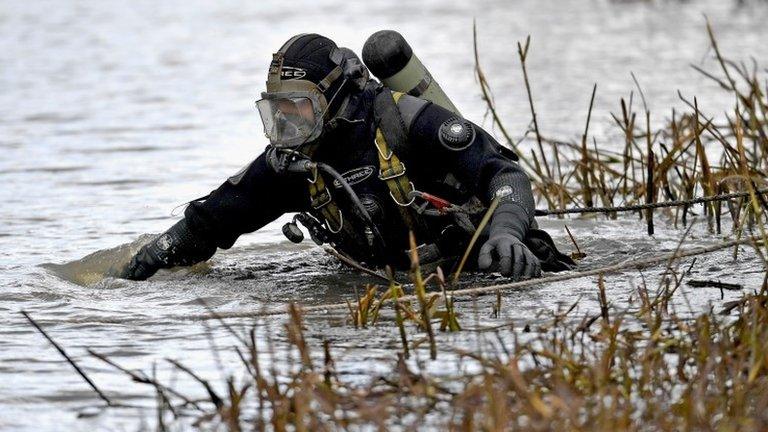
- Published23 February 2017
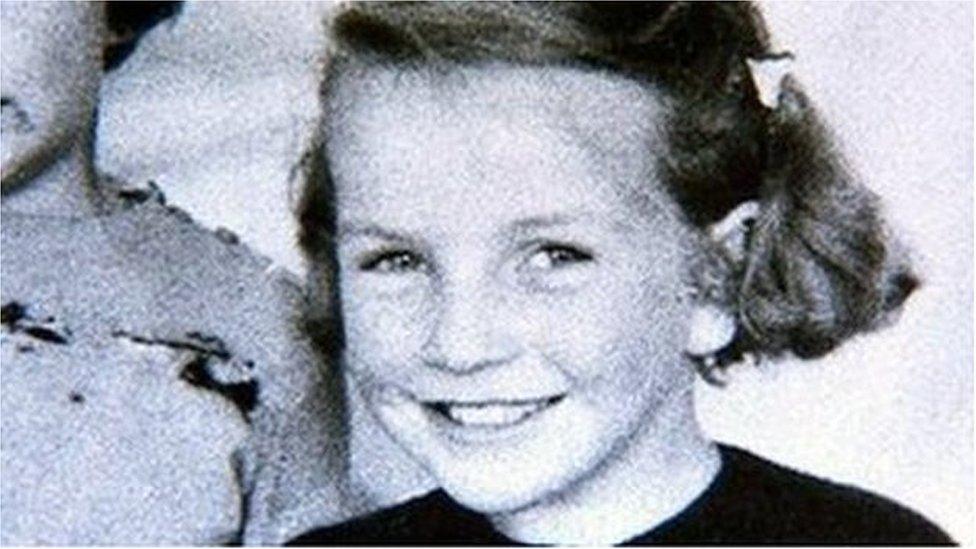
- Published14 March 2017
